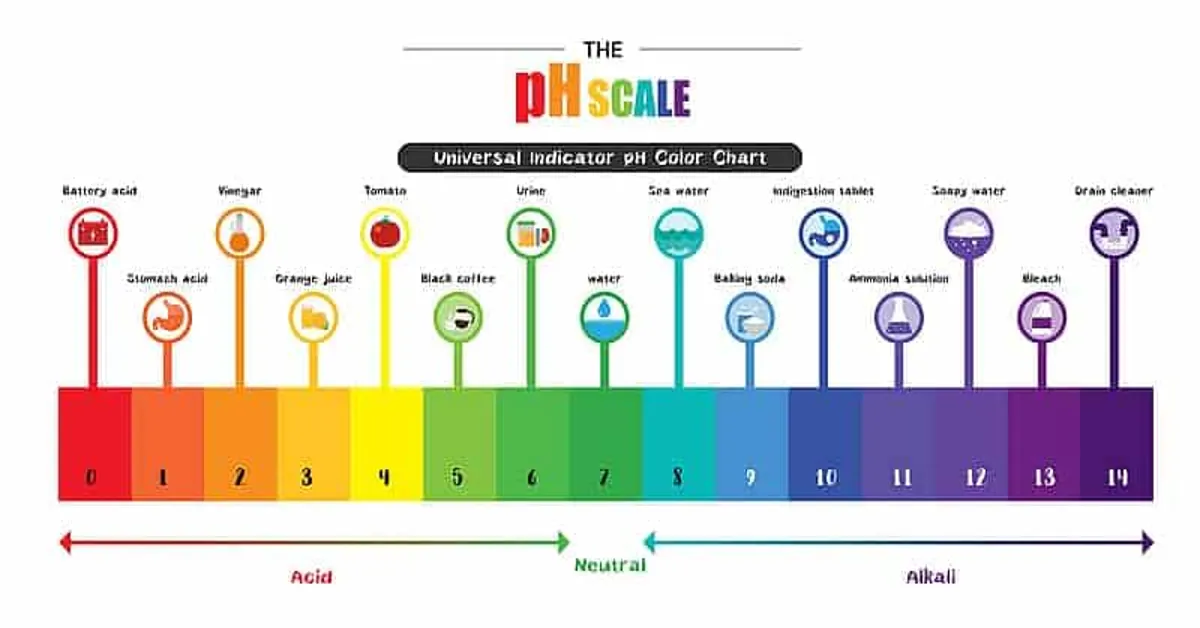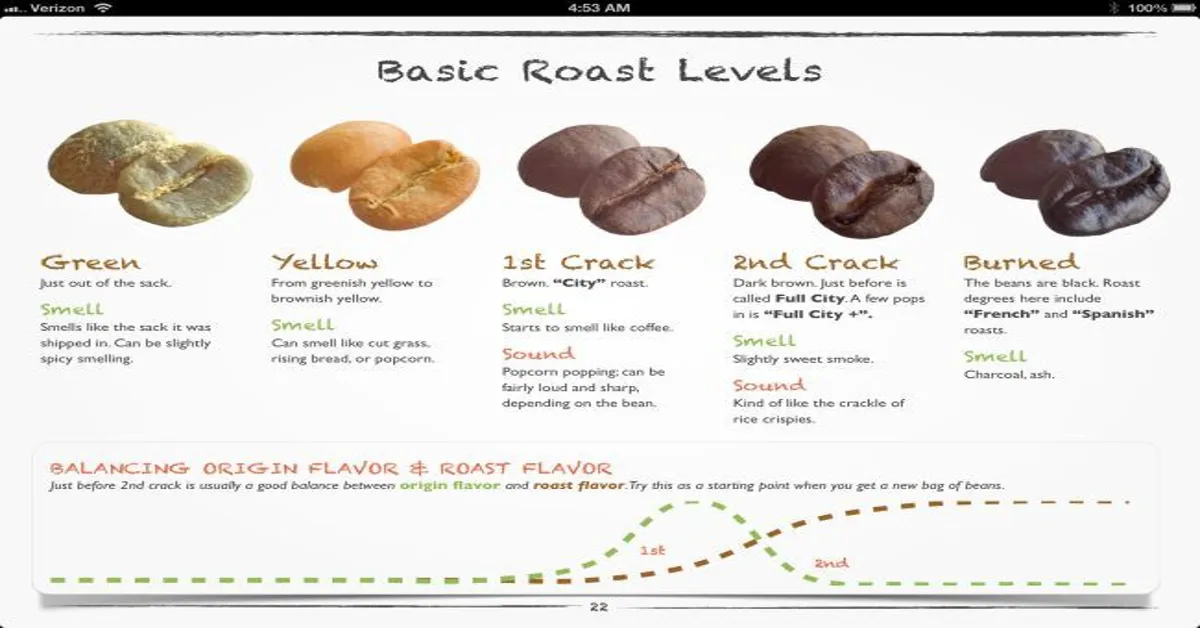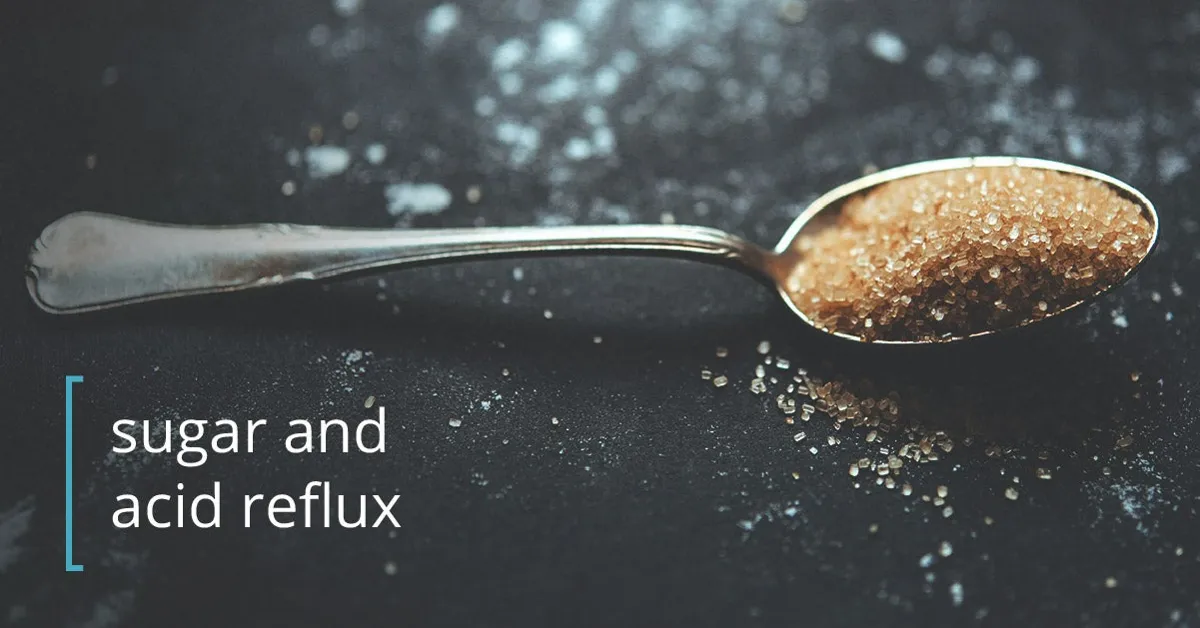Bitterness in coffee can be a day spoiler for many; it can turn your much-needed morning kick into a grimace-inducing ordeal. But what if there was a simple, natural solution to this problem? “Coconut oil” may be the unexpected answer you’ve been searching for. This tropical staple, widely acclaimed for its health benefits, has another feather to add to its cap – the ability to “reduce acidity in coffee”.
Let’s dive into the aromatic world of coffee and explore how a dash of coconut oil can transform your daily cup. This isn’t just about adding a new flavor to your brew; it’s about revolutionizing your coffee experience.
Understanding Coffee Acidity
Does Coconut Oil Reduce Acidity in Coffee? The simple answer is, yes. Coconut oil has been recognized for its potential to reduce acidity in coffee. When mixed with coffee, the oil works to neutralize some of the acidic components, leading to a smoother and less sour taste.
However, it’s not just about taste. The oil’s natural properties also contribute to a healthier digestive system by easing the often harsh effects of caffeine. In essence, adding coconut oil to your coffee doesn’t just enhance the flavor but also makes your favorite morning brew a tad bit healthier.
So, the next time you find your coffee too acidic, remember, a spoonful of coconut oil might just do the trick!

The Power of Coconut Oil
Can Coconut Oil Really Alleviate Coffee Acidity? The world of coffee connoisseurs is abuzz with the question: does coconut oil reduce acidity in coffee? The answer is a resounding yes! The fatty acids in coconut oil can neutralize the acidity in coffee, making it easier on your stomach. This doesn’t just apply to any coconut oil – it must be virgin, unrefined coconut oil, which retains all its medicinal properties. Simply add a teaspoon to your coffee and stir well.
The result? A mellow, creamy coffee with lowered acidity. Don’t knock it until you’ve tried it! This could be the game-changer for those who love coffee but struggle with its acidity.
The Science Behind Coconut Oil and Coffee Acidity
Does Coconut Oil Reduce Acidity in Coffee? Coffee lovers often find themselves grappling with the high acidity levels in their favorite brew. Luckily, there’s a simple solution: coconut oil. Coconut oil has the potential to reduce the acidity in coffee due to its natural alkaline properties.
When added to coffee, it helps neutralize the pH balance, making your drink much more stomach-friendly. Moreover, coconut oil offers a unique, creamy flavor that can enhance your coffee experience. So, next time you brew a pot, consider adding a spoonful of coconut oil for a smoother, less acidic cup.
However, it’s essential to remember that everyone’s body reacts differently, and what works for one may not work for another. Therefore, it’s always best to experiment carefully with this approach.
How to Make Your Coffee Less Acidic with Coconut Oil

Have you ever sipped on your piping hot cup of coffee and then been plagued by an acidic aftertaste? You’re not alone. Coffee, despite its delectable flavor and energy-boosting properties, has a high acidity level which can sometimes lead to discomfort. But what if we told you there’s a simple solution to this problem? The answer lies in the humble coconut oil.
Yes, you read that right. Coconut oil can indeed reduce acidity in coffee. Coconut oil, a natural acid neutralizer, when added to coffee, not only enhances the taste but also makes it less acidic.
The oil’s high fat content absorbs the acidic components, balancing the pH levels of the coffee. It’s like having a mini chemistry lab right in your coffee cup! So, the next time you brew your coffee, add a teaspoon of coconut oil. Not only will you enjoy a smoother, richer cup of coffee, but you’ll also bid adieu to the unwanted acidity.
Now that’s what we call a winning combination! Enjoy your coffee without any acidic backlash with the magic of coconut oil.
Statistical Information: does coconut oil reduce acidity in coffee
| Fact | Percentage | Description |
|---|---|---|
| Coconut oil reduces coffee acidity | Unknown | While many believe that coconut oil can help reduce the acidity in coffee, there is currently no scientific research to support this claim. |
| Coconut oil contains medium-chain triglycerides | 62% | Coconut oil contains about 62% medium-chain triglycerides (MCTs), which are easier for the body to digest and convert into energy than other fats. |
| Coconut oil’s impact on stomach acid | Unknown | Coconut oil’s impact on stomach acid and digestion is not well-studied, though some believe it may have a neutralizing effect. |
| Coconut oil in coffee popularity | Increasing | The trend of adding coconut oil to coffee has seen an increase in recent years, largely due to the popularity of the ketogenic diet. |
| Coconut oil’s saturated fat content | 90% | Coconut oil is high in saturated fats, containing about 90% of its calorie content from these fats, which is higher than butter or lard. |
Important Notice for readers
While many coffee lovers swear by adding coconut oil to their brew as a means to reduce acidity, it’s crucial to understand that this claim isn’t fully backed by scientific research. *Coconut oil* does have properties that may soothe the digestive system, but it doesn’t directly neutralize coffee acidity. Making changes to your brewing process or opting for low-acid coffee varieties may be more effective.
Remember, everyone’s body responds differently, so it’s essential to listen to your body and consult with a medical professional if you have concerns about acidity.
Frequently Asked Questions (FAQs)
Can adding coconut oil to my coffee reduce its acidity?
There is no scientific evidence to suggest that adding coconut oil to coffee can reduce its acidity. The perception of reduced acidity may be due to the fact that the oil can coat the stomach and esophagus, potentially reducing the sensation of acid reflux.
Is it beneficial to add coconut oil to coffee for those suffering from acid reflux?
While some people believe that adding coconut oil to coffee can help with acid reflux due to its potential to coat the stomach lining, there is currently no scientific research to support this theory. If you are suffering from acid reflux, it’s best to consult with a healthcare provider for appropriate dietary changes.
Does coconut oil change the pH level of coffee?
No, adding coconut oil to coffee does not change the coffee’s pH level. The acidity or alkalinity of a substance is measured by its pH level, and coconut oil, being a fat, does not have a pH. Therefore, it cannot alter the pH of coffee.
Can coconut oil impact the taste of coffee by reducing its acidity?
Coconut oil does not reduce the acidity of coffee, but it can alter the taste. The oil can add a slight sweetness and a creamy texture, which might make the coffee seem less acidic, especially to those who are sensitive to the bitter or acidic taste of coffee.
What are other ways to reduce the acidity of coffee if coconut oil doesn’t work?
If you’re looking to reduce the acidity of your coffee, consider trying a dark roast or a coffee blend known for low acidity. Cold brewing your coffee can also result in a less acidic beverage. Additionally, you could add a bit of baking soda to neutralize the coffee’s acidity. Always consult with a healthcare provider before making significant dietary changes.
Should I add coconut oil to my coffee if I have a sensitive stomach?
While some people believe that coconut oil can soothe a sensitive stomach by coating the stomach lining, there’s no scientific evidence to support this. If you have a sensitive stomach or a condition like acid reflux, you should consult with a healthcare provider before adding coconut oil to your coffee.
Conclusion
Coconut oil can indeed mitigate the acidity in coffee, offering a smoother, less harsh experience for coffee lovers with sensitive stomachs. The oil’s natural properties react with the acid, neutralizing its effects and enhancing the overall flavor. This is not just a boon for coffee enthusiasts but a significant step towards making the drink more enjoyable and digestible for all. Embrace this simple addition to your morning routine and experience the difference. The implications of this minor change could be far-reaching, potentially revolutionizing the way we consume our favorite caffeine fix.


























